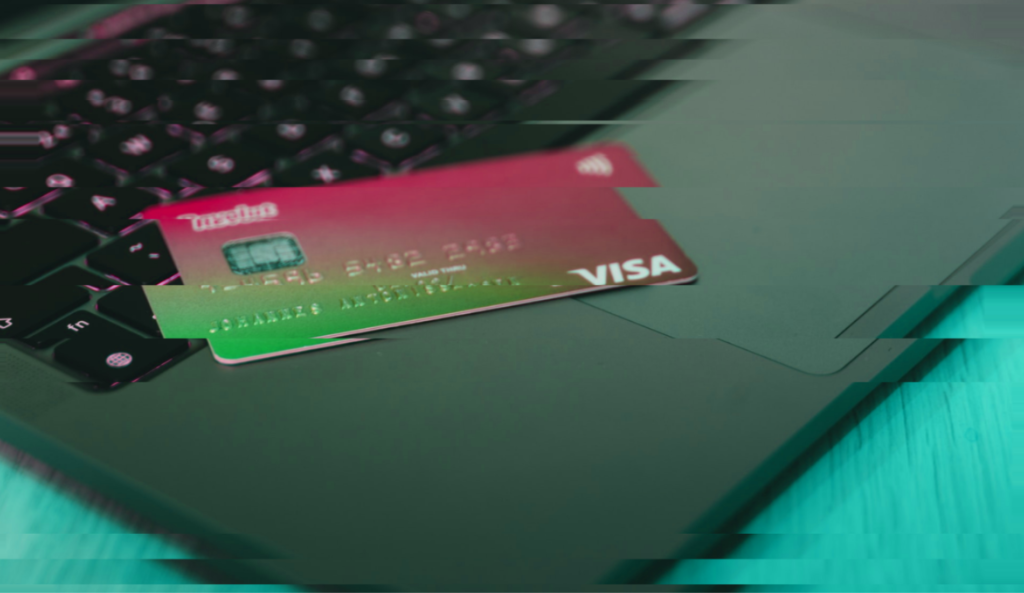Seeing a charge you didn’t authorize appear on your account? What happened? Where did it come from? How did they get your information? The sad truth is that you’re unlikely to get all the answers.

Credit card fraud is uncomfortably common, affecting more than a third of all consumers in the past two years.
Unauthorized purchases can affect your credit score and history as a whole, and can lead to the theft of other personal information. It can affect your credibility with your bank and other lenders if left unchecked.
Luckily, there are ways to repair the damage done by fraudsters. Here are the steps you should take immediately if you find yourself the victim of credit card fraud.
The steps to combatting credit card fraud
The Federal Trade Commission offers a significant amount of freely accessible resources for victims of credit card fraud, including preventative measures and agencies to whom you can report the activity.
They report that credit card fraud happens in a variety of ways, but usually via either a careless mistake or a deliberate act of sabotage.
The most common scams are done either by hacking into banks and other companies to gather mass amounts of information or by running a phishing scam, which is a way of gathering information through incentives. Scammers can also take the form of dishonest merchants or workers handling transactions in a store.
According to the FTC, to combat credit card fraud, you’ll want to follow the 3 freezes:
- Freeze the card
- Freeze your credit
- Freeze the defrauders out online
Here’s how to do each step.
Freeze the Card
The first thing you want to do if you notice fraud is to call your credit card company. Ask them to freeze the card.
This stops the defrauder from using the card now that it’s in their hands (either physically or digitally). It also prompts the company to send you another card.
Once you’ve done that, review your transaction history. Tell the company exactly which purchases you have not authorized so that they can reject them.
If any activity has gone through that you did not authorize, they can give you further steps to take to reverse the transactions.
Freeze Your Credit
Once you’ve called your credit card company and had your card frozen, call all three major credit bureaus – Equifax, Experian, and TransUnion.
Ask the credit bureaus for a credit freeze. This means that no one can access your credit file until you unfreeze it. A credit freeze prevents the defrauder from making any new accounts in your name until you can be sure your information is safe.
Finally, work with the credit bureaus to have the fraudulent activity removed from your report. Each company has a different process for this, so pay attention and follow the instructions given to you by the bureau agent. Doing this will help with keeping your credit score and history safe.
Freeze Defrauders Out Online
Finally, lock the card out of all of your online accounts. Check the activity of each account and change the passwords on any sites that your card was connected to.
This prevents the defrauder from making purchases as easily if there is a delay in freezing the card and acts as an extra layer of security.
Be sure to use a “Log out of all sessions” option, if possible, to stop unauthorized access to your account in its tracks.
If you can, get a record of active sessions. This can be helpful if you’re planning to contact law enforcement.
It’s a very good idea to add two-factor authorization, or the need to provide a code from an outside device to access information, to your accounts if it is available. Two-factor authorization helps by blocking users from automatically logging into your accounts, and by giving you advanced warning of suspicious activity.
Tips for Preventing Credit Card Fraud
Here are a few more tips for preventing credit card fraud from happening in the first place.
- Keep your account numbers, passwords, and other personal information private. Don’t give anything out over the phone unless you are absolutely certain you’re talking to a legitimate service.
- Never post pictures of your card, statement, or full receipts anywhere online.
- Carry all of your cards in a separate holder, away from your wallet. This can prevent them from being stolen physically.
- Don’t save your credit card information in e-commerce stores unless you know that they are valid and reputable businesses.
- Be wary of emails or phone calls from “the Social Security Agency” or your financial institution claiming that you need to verify the information. These are often phishing scams designed to get your information.
- Avoid using sketchy websites. Research companies before you decide to buy from them.
- Check your billing statements promptly and your credit score frequently.
- Signing a blank receipt at a store or restaurant can lead to fraud. Be sure to mark through any open spaces above your signature.
Conclusion
Hundreds of thousands of people experience credit card fraud issues every year.
If you find yourself the victim of credit card fraud, don’t panic. Instead, freeze the defrauders out and resecure your information as quickly as you can. If you react immediately, the damage will be minimal and reparable.
Credit card fraud is uncomfortable, but not impossible to defend against and recover from. All you need to do is stay informed and keep your information safe.
To read more on topics like this, check out the Technology category

 Tips for Your New Business
Tips for Your New Business